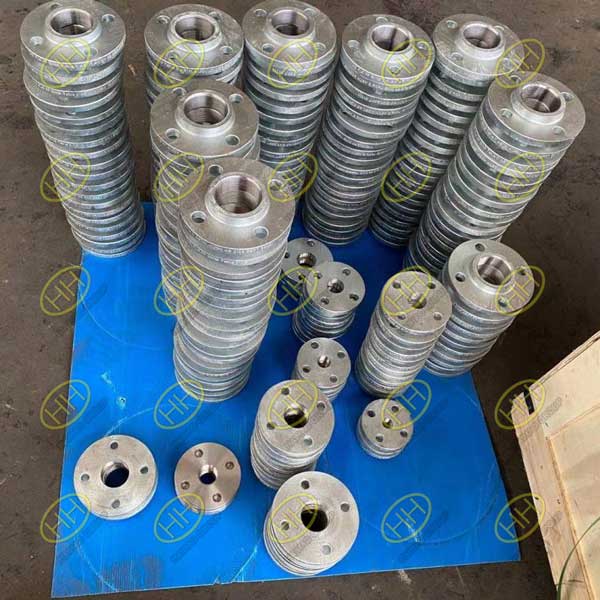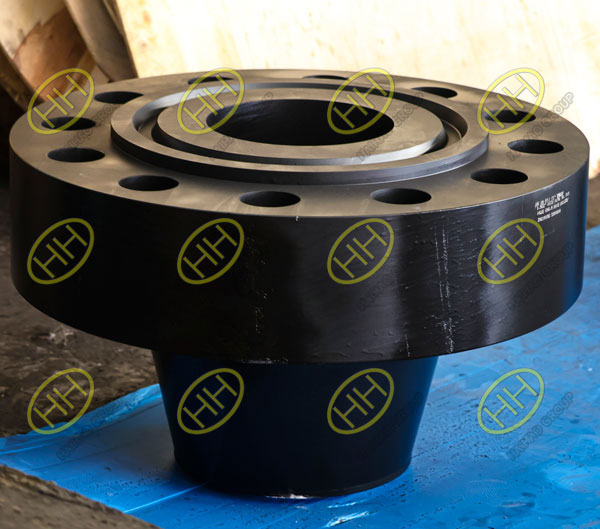The difference between threaded flanges and weld neck flanges
When it comes to piping systems, the choice of flange type is crucial for ensuring the integrity and functionality of the system. Two common types of flanges are threaded flanges and weld neck flanges. Each has its unique characteristics and applications, making them suitable for different scenarios. This article will delve into the differences between these two flange types.
A threaded flange features internal threads that allow it to be screwed onto a pipe with matching external threads. This design provides a mechanical connection that does not require welding, making installation and disassembly easier. Threaded flanges are typically used in lower pressure applications, where the risks of leakage are manageable. They are commonly found in water systems, oil and gas pipelines, and chemical processing facilities.
Advantages of threaded flanges:
Ease of Installation: They can be installed without welding, which reduces installation time and complexity.
Disassembly: Threaded connections can be easily disassembled for maintenance or repairs, making them ideal for temporary or adjustable systems.
Cost-Effective: Generally, they can be more cost-effective in situations where welding would require additional labor and equipment.
A weld neck flange has a long neck that tapers down to the flange. This design allows the flange to be welded directly to the pipe, creating a strong, integral connection. Weld neck flanges are suitable for high-pressure applications and are often used in critical systems, such as those found in the oil and gas industry, power generation, and chemical processing.
Advantages of weld neck flanges:
Strong Connection: The welded connection provides superior strength and resistance to high pressures and temperatures.
Stress Distribution: The tapered neck helps distribute stresses more evenly, reducing the risk of failures at the joint.
Versatility: Weld neck flanges can be used with a variety of pipe sizes and materials, making them adaptable for different applications.
Key differences between threaded and weld neck flanges
1.Connection Type:
Threaded Flanges: Use a mechanical screw connection.
Weld Neck Flanges: Require welding to connect to the pipe.
2.Pressure Ratings:
Threaded Flanges: Generally used for lower pressure applications.
Weld Neck Flanges: Suitable for high-pressure applications.
3.Installation:
Threaded Flanges: Easier and quicker to install and disassemble.
Weld Neck Flanges: Require welding skills and equipment, making them more time-consuming to install.
4.Stress Handling:
Threaded Flanges: May not handle high stress as effectively and can risk leakage under extreme conditions.
Weld Neck Flanges: Provide better stress distribution and strength, especially in high-pressure environments.
The choice between threaded flanges and weld neck flanges depends on the specific requirements of the piping system. Threaded flanges offer ease of installation and maintenance for lower pressure applications, while weld neck flanges provide strong, reliable connections in high-pressure situations. Understanding the differences between these two types of flanges can help engineers and designers make informed decisions that ensure the safety and efficiency of their piping systems. If you have further questions about flange selection or need assistance, feel free to contact us at Haihao Group.



